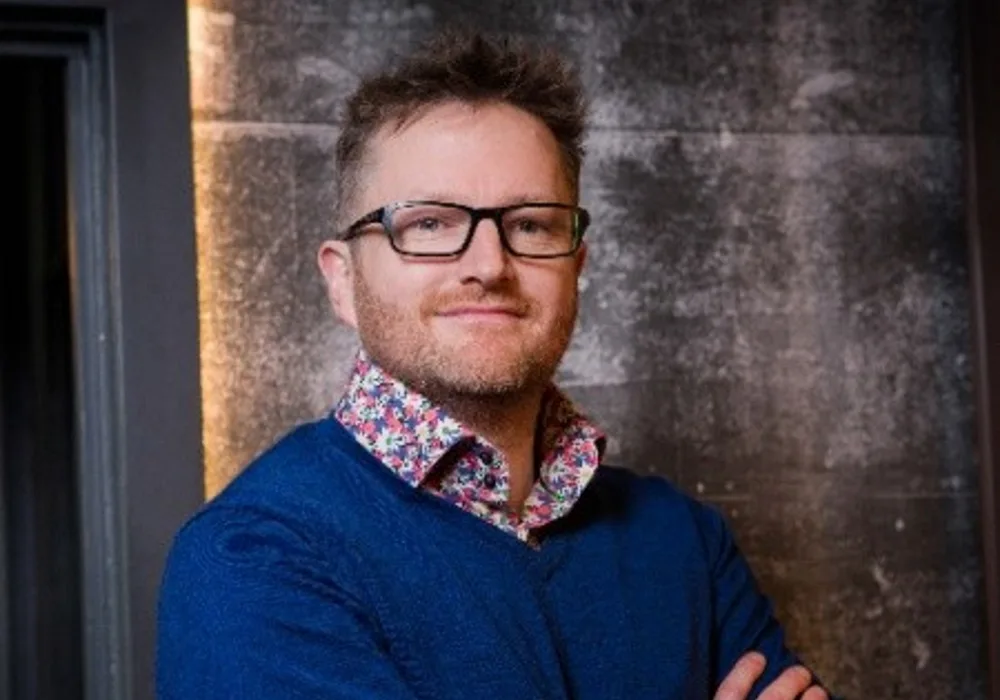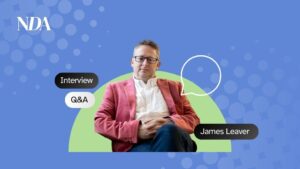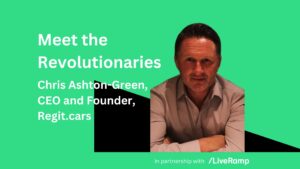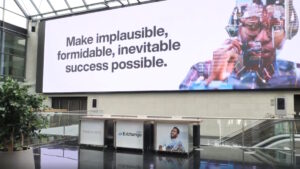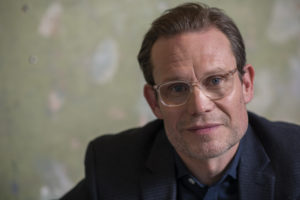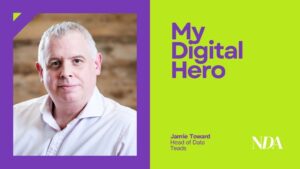Last month, after 18 months away from Inskin Media, Dominic Tillson made his return to the company where he previously spent almost eight years of his career. He sat down with Tyrone Stewart to discuss why he returned, what his plans are, and how he feels about the digital advertising industry as a whole.
Tillson left Inskin in December 2019 to pursue a new adventure as Head of Industry Initiatives at IAB UK, where he managed the trade body’s Steering and Advisory Groups across ad tech, in-app, video, gaming, digital out-of-home, and connected TV.
He began his Inskin journey back in April 2012, joining the company as Head of Insight, before having a slight change of title and role when he became Director of Marketing and Insight in August 2019. Now, he has returned as Marketing Director.
“I was the point person for the IAB there, so I was very heavily involved in working with those guys,” explains Tillson. “The opportunity came up to go to work and head up the industry groups team over there. I thought it was a really good opportunity, having worked in a small area of the industry, to spread my wings and find out about the rest of the lumascape and educate myself around things like digital out-of-home, connected TV, gaming – all those sectors I really hadn’t had much exposure to.
“Then, as lockdown kicked in, my role at the IAB was a casualty of that, as they were streamlining. So, I was chatting with Matt Newcomb, the Inskin CEO, and he mentioned getting the team back together. And the easiest way of that happening was by doing some consultancy,” he continues.
“I came back and was working on a couple of projects that they were keen to get my thoughts on. And, within about a fortnight of working a few days a week, we realised that something was working, I was really keen to come back, and the business was really keen to have me back. And there was a huge amount of work and opportunity to be here.”
Well-oiled machine
Tillson describes his new role at Inskin as being “a little bit more like the oil between the cogs of the rest of the machine”. He works with the operations, sales, and leadership teams to make sure there is a consistent story and message across all of the markets Inskin operates in. And part of this means getting out there and showing the world what the company has to offer around attention and creativity as we head toward the – now delayed – demise of Google Chrome’s third-party cookies.
The ambition is to shift the industry’s focus away from short-term performance metrics and showcase high-impact digital as being more effective at driving long-term performance for advertisers.
“There’s this obsession with clicks. They’re very easy to compare like-for-like and make short-term decisions, but all the research has shown that they need to be considered with a longer-term branding impact,” says Tillson. “I want to improve the perception of this premium aspect of display advertising and take advantage of the fact that people are now looking at creativity and contextual targeting and all those elements, rather than just trying to drive the most efficient cost per conversion on a small ad on a multitude of content pages.
“The industry has been very good at considering the advertiser and the publisher, but often at the expense of the consumer experience,” he adds. “If we can deliver fewer, better adverts on a page, it’s a win for everyone, in terms of quicker loading pages, better experiences for the consumer.”
The good place
Though Tillson acknowledges the industry is still in need of change, he thinks it’s in a very good position, because “the combination of lockdown and implications around privacy and cookies has provided a great chance for the industry to reflect on itself and understand what’s important and how you can try to deliver something that’s of value to everyone in the ecosystem”.
He feels the pressures of the past 18 months have led to the industry being far more considerate of the user which, in turn, will only lead to higher quality digital advertising and experiences.
“Consumers are such a valuable jigsaw piece. By considering them more in the planning and marketing opportunities that are available to you, you’re going to get better quality advertising, more considerate experiences and, hopefully, the cream will rise to the top,” says Tillson.
“There are still a lot of bad actors out there that you need to consider. But I think the overall health of the digital advertising industry is definitely on the up. It’s reacted brilliantly well in lockdowns. People are now working more efficiently and effectively, and considering that user experience a lot more.”
With that in mind, Tillson would like to see this lead to the perception of advertising improving, and wants the industry to do even more to increase the levels of transparency and trust that exists.
“I’d love to see some initiatives and some focus on trying to improve transparency and trust levels within the industry to help the cream rise to the top,” he says. “There’s a lot of good companies and a lot of exciting technologies out there that will make the advertising industry better.”
Meanwhile, for the industry as whole, he hopes that the digital advertising lumascape can find a way to become more simplified, with fewer players involved.
“People should do fewer things better. When you’ve got such a wide range of opportunities, you’ve got the potential problem of spreading yourself too thinly. So, it’s just about making things easier for people with advertising budgets to spend their money more effectively,” Tillson concludes.



